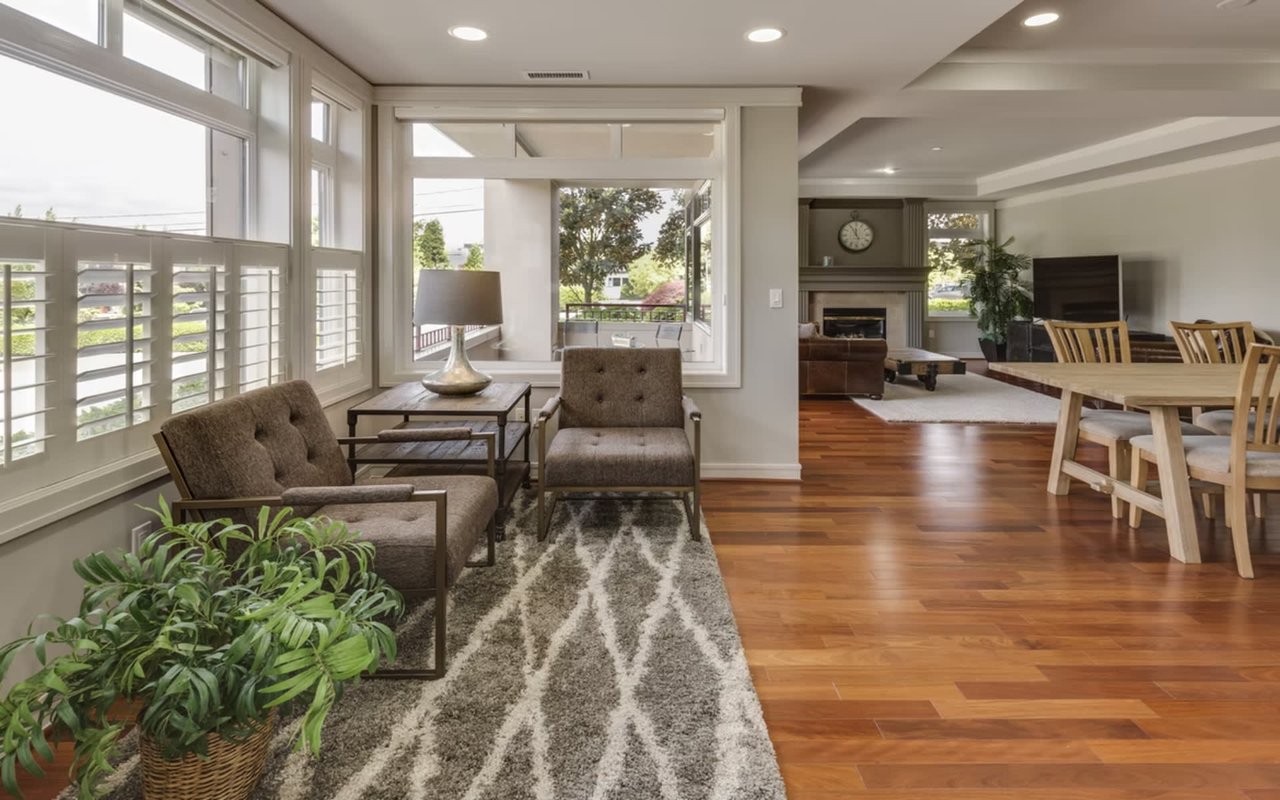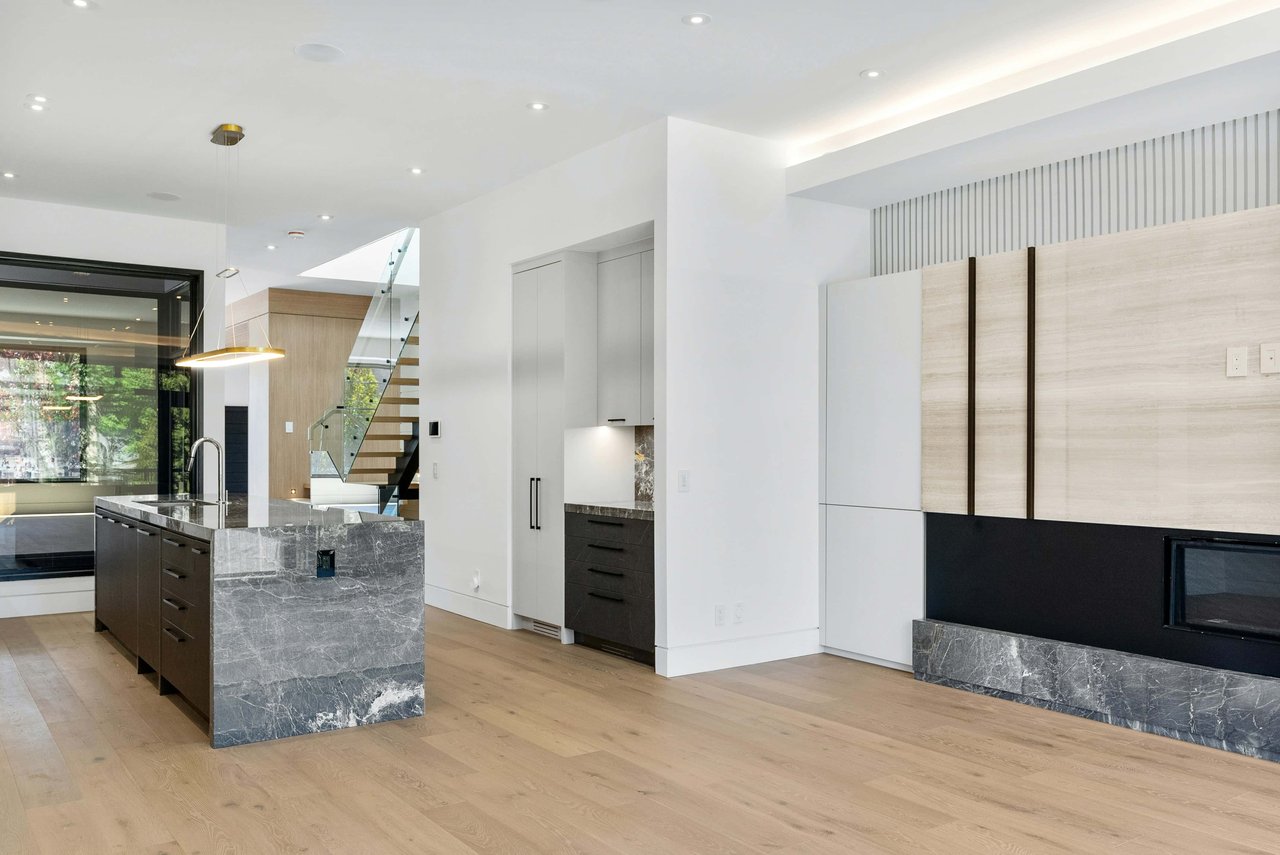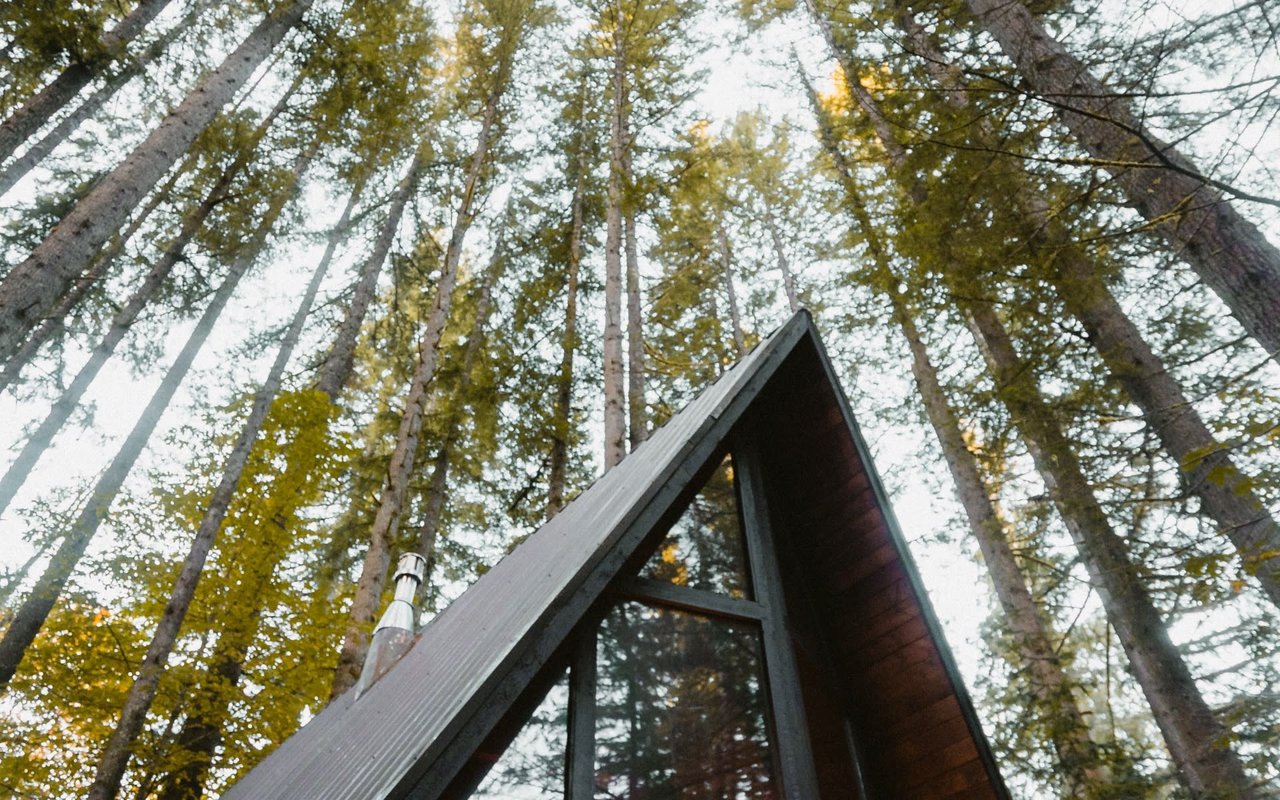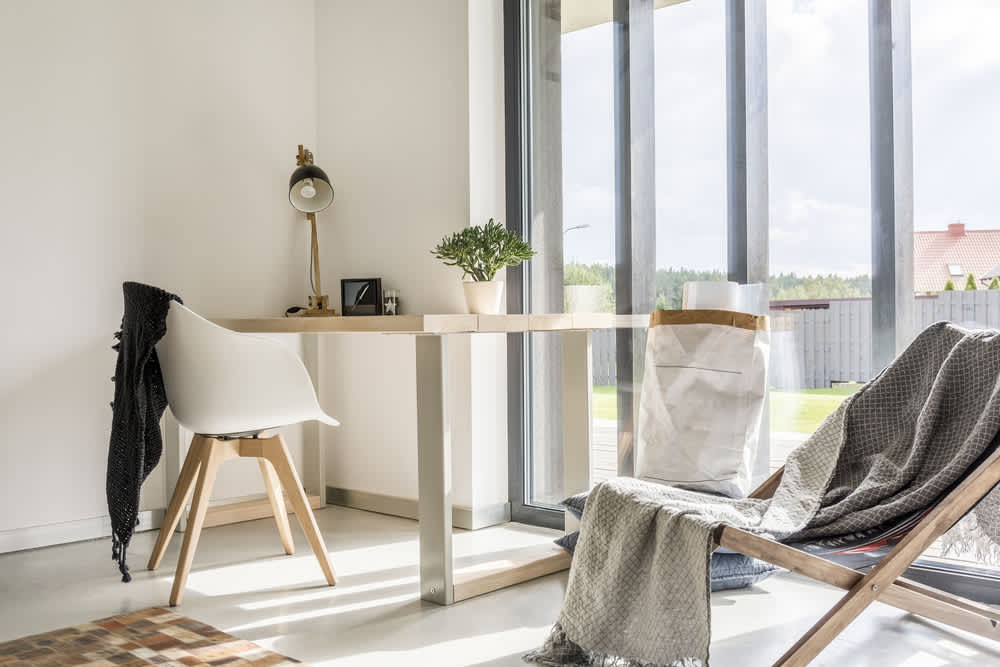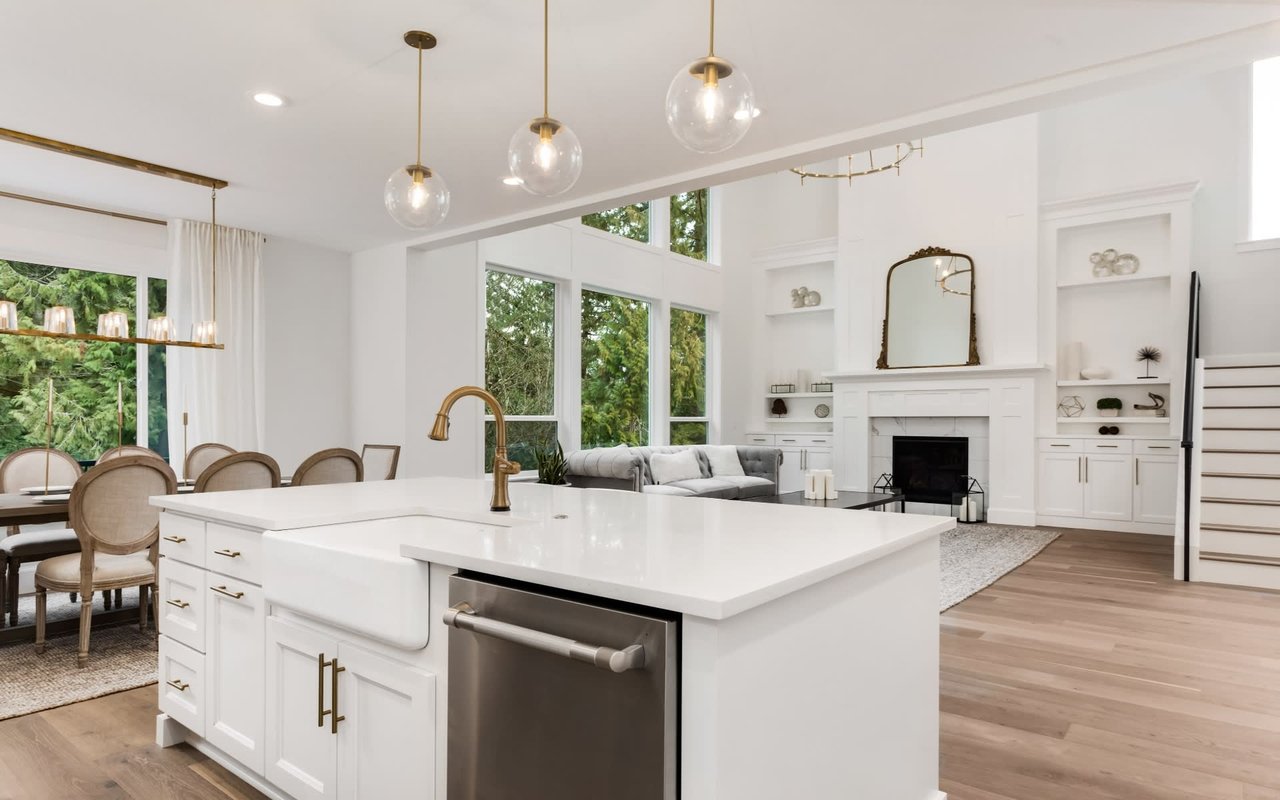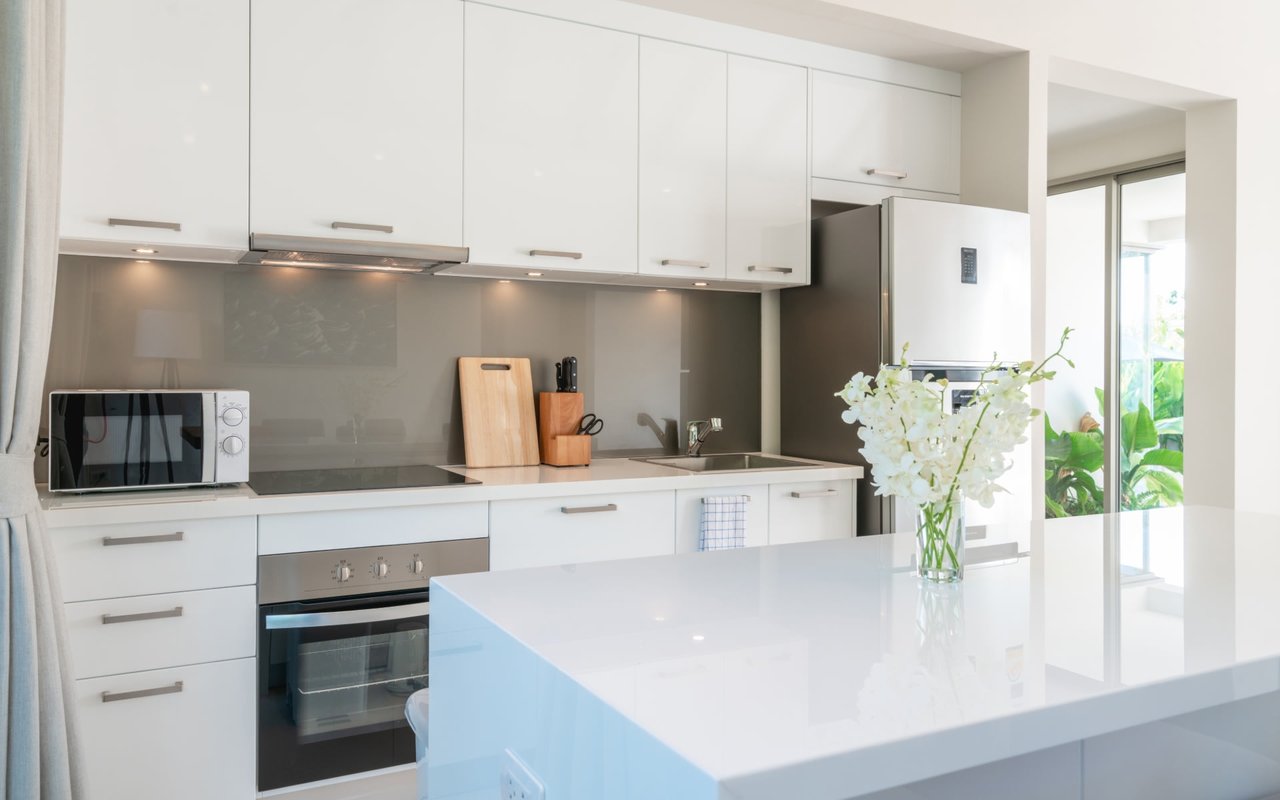Major Revision in Historic Reg Gives Major Incentives to Owners of Historic Houses
Earlier this year the Greenwich Planning & Zoning Commission did something very courageous; they significantly loosened the zoning requirements on historic properties. Under the new regulations people with historic homes can build a second house on their lot or significantly increase the size of their present house. They might even be able to convert it to a business use if it is in within 1,000 feet of a business zone.
The adoption of this regulation was hastened by the demolish of three historic homes last years. All of which had stood in Greenwich for more than 150 years. With the new, more flexible historic overlay zone all three of these historic homes might have been saved from demolition.
So just what does the new regulation do? On the residential side, you get an FAR bonus and the potential for another unit either in the present structure or in a separate, single family house. There are also bonuses for our historic business structures and the possibility of smaller setbacks on old homes. The bonuses break-out like this:
| Zone |
FAR Bonus |
Unit Bonus |
| |
|
|
| RA-4 |
25% |
1.5 |
| RA-2 |
25% |
1.5 |
| RA-1 |
15% |
1.5 |
| R-20 |
15% |
1.5 |
| R-12 |
15% |
1.5 |
| R-7 |
15% |
1.2 |
| R-6 |
15% |
1.2 |
The FAR bonuses are a little easier to understand, if you have a home in the R-20 zone (aka the half acre zone, though in reality the 0.46 acre zone) you can build a 4,500 s.f. house on a conforming lot. With the 15% bonus for a historic home you could expand up to 5,175 s.f. if granted by P&Z.
For the unit bonus, if you had a conforming lot with a historic home built before 1940 you could have 1.5 units on your lot. Now, you might ask what you can do with half a house, other than in certain divorce situations. The regs allow you to round-up to the next whole number. So, 1.5 units becomes 2 houses; one historic and one new.
The troublesome word here is “might”. Up until now I’ve talked about what you might be able to get, but the devil is in the details of the process. Just because you have a house that was built before 1940 does not mean that you are going to get an FAR or unit bonus. Your house must be “architecturally or historically notable”. A 1938 cookie-cutter, center hall colonial that has the same floorplan as every other house on the street and has no room for a second house is probably not going to qualify.
It might however if the house is associated with events that have made a significant contribution to the broad patterns of our history; and/or [been] associated with the lives of persons significant in our past.
So, if the first transatlantic radio broadcast happened from your modest cottage or if Truman Capote grew up in your house you probably have a good chance for a bonus. Once again, it’s only probably, because we don’t know yet how the Commissioners will use their broad discretion.
The prior version of the historic overlay zone was a functional failure. For the new historic overlay zone regulation to work, P&Z needs to remove as much risk and cost as can reasonably be done. For example, a guideline that a house that is older than say 1880 is presumptively historic if major elements of the original structure and exterior survive, would encourage applications.
So just how much of our market is historic. Of our 615 house listings, 7 were built before 1800 and 22 were built in the 19th Century. Together, they are less than 5% of the market. The “real” number is even lower as some of these historic homes are that old in date only. Many of these housed have been so extensively renovated that little is left but some hand-hewn beams in the crawlspace.
The process is complex and requires a variety of skills to analyze what could be done and your chance of success. We actually have a group of five people looking at what options might be workable to save these old houses. One big factor is will we see the same extensive reports for a modest 1790 house on the Byram River as we see for a 1920 great estate.
The good news is that I think every member of the Commission wants to do what they can to save historic Greenwich and I know Director Katie DeLuca has made this a priority. We have a workable regulation, now if we get a workable process that takes in to account the means of the applicant and value of what is being requested, we could save a lot of Greenwich’s history from the wrecking ball. The first few applications will set the tone for this new regulation.
